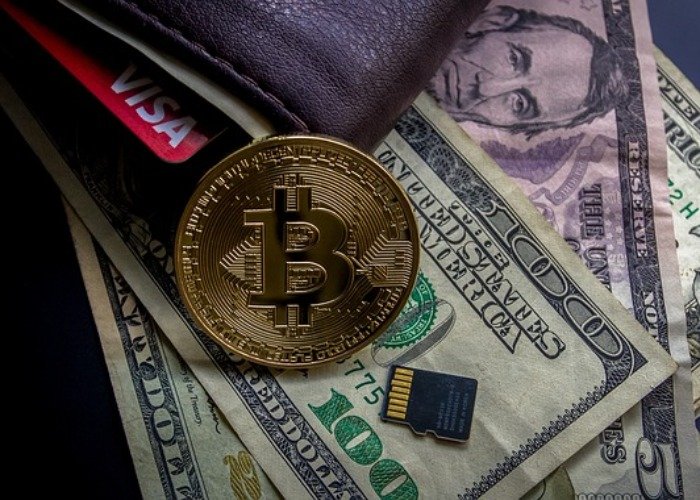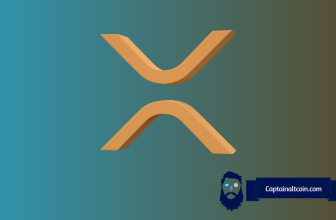
The idea of so-called stable coins is simple: the exchange rate of a particular asset or currency, up to now mainly Fiat currencies, is mapped or replicated using a token. Ideally, this would result in a parity, i.e. a US dollar, a euro or a yen equal to a token of the respective stable coin.
The best known stable coin is the tether token, whose exchange rate fluctuates around one US dollar. The advantages of stable coins are obvious: minimal volatility, unlike non-stable coins, and a flexible instrument for building an ideally diversified portfolio. In addition, trading transactions can be processed quickly and a crypto-cash position can be built up in order to maintain liquidity, among other things. A new stable coin, sponsored by the investment bank Goldman Sachs, is now to be launched on the market. The bank finances the Blockchain Start-up Circle, among other investors.
What you'll learn 👉
Goldman Sachs and Circle – anything but coincidence
The crypto financial service provider Circle makes it possible to deposit a US dollar into its wallet. In return, you receive a crypto-US dollar, a so-called USD coin – including all the advantages that crypto currencies offer. Goldman Sachs’ interest in the crypto-US dollar is anything but coincidental. As early as 1913, the major American banks, above all JPMorgan and Citibank, contributed to the founding of the American central bank FED. In contrast to the European central bank model, in America this is based on a private initiative. For example, all American banks are obliged to be shareholders of the FED. The decisive factor in this special form of shareholder is not the dividend distribution, but the participation rights in the FED committees. If the existing monetary system is extended by the crypto component, it is understandable that the old players also want to secure their influence.

What remains of central bank money?
The big banks have now understood that the crypto-economy will sooner or later change our financial and monetary system. Even if stable coins are only a derivative of a central bank currency, a new currency type is created. Setting standards here in order to retain as much power and control as possible is a sensible strategic move from the point of view of a large bank. Of course, it will be many months and years before consumers have confidence in the stable coins. But the way is shorter than with bitcoin and other crypto currencies. After all, stable coins are not new currencies, they are just a new way of representing currencies. Only the issuer is new: it is the bank or the block chain start-up and not the central bank.
Wanted: Trust
If sufficient trust-building measures and regulatory agreements are found, the Circle USD Coin could quickly reach enormous capitalization in the short to medium term. The demand for a trustworthy crypto-US dollar would be more than given globally and the inflow of funds should be correspondingly large. Stable coins like tethers have not yet been able to generate this trust – there are far too many doubts that everything is going right and that tether can actually keep its value proposition. One thing is clear: with stable coins, new Fiat currency derivatives on a crypto basis are being created which have the potential to replace Fiat US dollars & Co. in future in the payment transactions and investment sector. This has little to do with a crypto revolution. Central banks and banks still make the rules.







